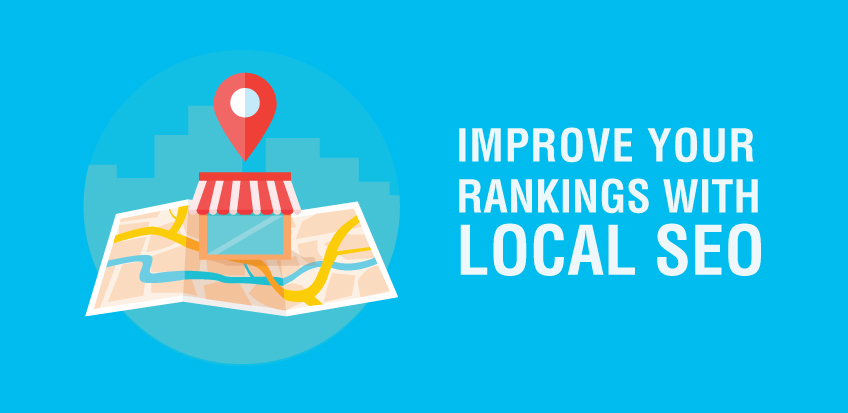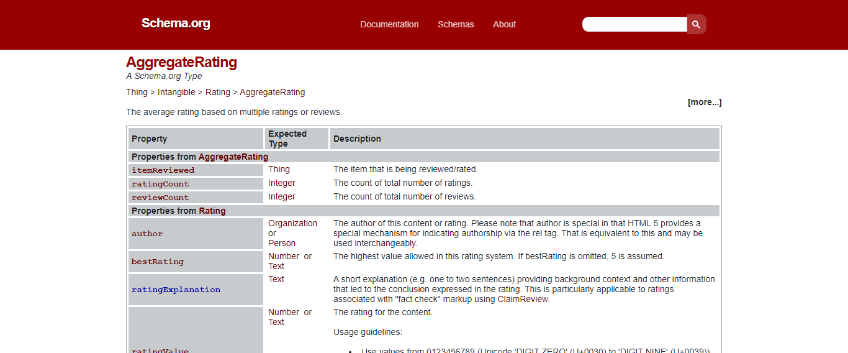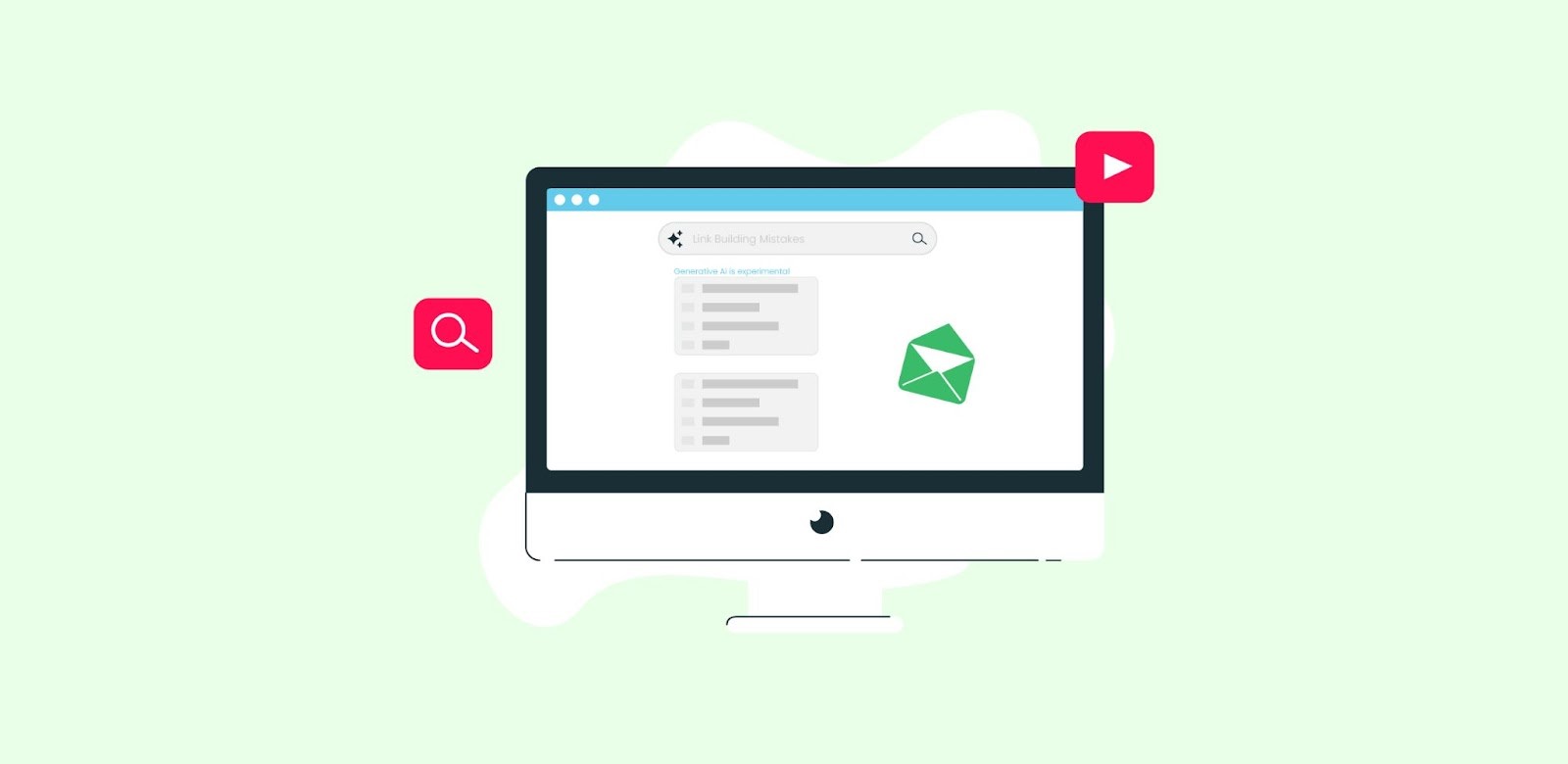What Is Local SEO? [The Definitive Guide]
The way search happens today is very different compared to, say, ten or even five years ago. With hyper-localized search results, it’s never been easier for people to find relevant businesses nearby. That’s why, if you’re a business catering to local customers, it’s essential for you to master the art of local SEO, gain better visibility, and beat the competition. In this blog, we’ll discuss what local SEO techniques you can use to do just that.
Ready? Let’s start off by learning a bit more about local SEO.
What is Local SEO?
Local SEO refers to all the tactics that you employ to rank your local business and promote your products to a local audience. The key here lies in the search queries of the users. Generally speaking, informational queries are all about learning about a subject. For example, a standard informational search query will be something like “How to make Belgian waffles.” This will trigger all the search results aimed at providing information for this query.
Compare that to a local query, which would be much more transactional and local in its intent, like “waffle houses” or “waffle houses near me,” and you start to see the difference.
So, those late-night searches telling you which waffle house is open near your place at this hour … that’s local SEO at work!
To tell you the importance of local SEO, here are some stats for you: out of all the Google searches, about 46% of them have local intent. And 50% of people who did a local search on their phone went to a physical store within one day. It’s pretty clear that without a solid local SEO strategy, you’re missing out on a world of opportunities.
Google Snack Pack
Whenever searchers do a local search on Google like “best Thai restaurants near me,” they’re presented with a box right on top containing the top 3 results that best satisfy the search query. That box is known as the Google Snack Pack or 3-pack.

Claim Your Google My Business Listing
All the information that is displayed in the 3-pack is fetched from the Google My Business profile. So, virtually, the first thing you need to do as a local business is to claim your Google My Business Profile, which is your business profile on Google. Some of the information in your GMB, like Q&A and Google reviews, is generated by the users. Mainly, the content there is driven by you. However, you need to ensure your GMB profile is as up-to-date and accurate as possible so that you have a higher chance of a click-through from potential customers.
Getting Listed on Local Directories
To have better visibility for your business, getting cited on local directories is a must for you.
Back in the day, Yellow Pages would be considered the Holy Grail for local directories. Featuring there was crucial. And rightly so, because that was the only option back then.
But with the advancements in search, the number of options has expanded. So, you need to do your research in the niche you’re operating in to know which directories are the most important for you.
Not only do citations give you a boost in rankings because they are one of the top 3 local ranking factors, they also increase your chances of featuring in the snack pack. So the more consistent and accurate your NAP info is, which is the Name, Address, and Phone Number of your business, the more credible you are for Google and hence get rewarded with a higher ranking.
One awesome way of knowing whether your info is consistent and accurate is using Moz’s local listing score. It will check the main data aggregators in the country you operate in and tell you if there are any discrepancies in your listings. That can be a lifesaver for you.
You can also get your information disbursed to a lot of small and medium-sized directories using data aggregators. Here, a tool like BrightLocal will help you submit your information to all the aggregators all at once. Apart from that, it’s a good idea to check your profile on the top data aggregators’ websites since other small directories get your information from there. The top 3 aggregators that you can check include Infogroup/InfoUSA, Factual, and Acxiom.
Once you’ve sorted out your citations on current directories, you can always work on adding more directories to cite your business on. For this, tools like Ahrefs and Whitespark’s local citation finder tool can do a great job for you.
Local Business Schema
Schema markups can truly give you an edge over your competition. Not a lot of business owners know what they are or how to leverage them. Putting the schema markup code on your site helps customers find more descriptive and informative results from the search engines. So here are the top 3 must-have local SEO schemas.
1. Organization Schema
Organization schema allows you to add your brand signals in the SERPs like your NAP info, your logo, some details about the company, links to your social media, etc.
2. Opening Hours Schema
With the opening hours schema, your customers would know exactly your operational hours, so make sure that they are accurate for each of the locations that you operate in.
3. Rating Schema
Another great way of occupying a unique position in the SERPs is through the rating schema. Not only does it allow you to boast how good your products or services are, but it also sends a signal to Google that your business is authentic and hence gives you a better position in the local pack.
Let’s talk a bit more about why getting positive reviews is crucial for your local SEO. Did you know that 88% of consumers trust online reviews as much as personal recommendations?
So it’s only logical for Google to give more weight to what others say about your business as compared to what you say. And that is why it is a super important ranking factor. Make sure that you are responding to customers and providing them with up-to-date information on your offerings.
Local On-Page SEO
It should go without saying that a lot of your conventional on-page SEO tactics, like using H1 and H2 tags, optimizing your content and URL, improving page speed, etc., are all very important for your local SEO as well.
Here we’ll talk about local SEO-specific on-page tactics. More specifically, we’ll discuss how to optimize content and location-specific landing pages.
Optimizing Local Landing Pages:
Landing pages are those that potential customers land on after clicking your link on the search page. All of your local landing pages should be targeting specific locations. So, for example, if you’re a San Francisco-based baker and cover two other locations: Los Angeles and Sacramento, you should have separate landing pages for each, i.e:
- examplebakers.com/los-Angeles
- examplebakers.com/sacramento

Your opening hours, NAP info, and related keywords would all have to be optimized according to those local landing pages. Similarly, your Meta titles and headings all need to target specific locations. One thing to note though: if you don’t have an actual presence in those locations, there’s no need to create separate landing pages.
And here’s a pro tip for you: Make sure your homepage has your NAP info, Google Maps embed, and customer testimonials. This way, even if the search terms of customers aren’t localized like “bakeries in San Francisco” and are very broad like “Bakeries,” Google will be able to fetch their location and display your results accordingly.
Local Off-Page SEO
When it comes to off-page SEO, backlinks are the name of the game. Earning quality backlinks, in general, will give a boost to everything, including your local SEO efforts. Many factors mentioned above fall under the local off-page SEO umbrella, like reviews, citations, and GMB profile optimization.
Therefore, see which publishing platforms are most popular with your target audience & region. Get mentions in those journals or publish a guest blog there. Do it more for brand awareness, visibility, and eyeballs – rather than the link juice. So, super-local content on high authority websites should be your main aim.
Once you’re equipped with the knowledge of local SEO, you can definitely see the difference in results it will generate for you both in the short and the long term. Be agile, and tweak your strategy here and there based on SERP feedback, and you should be good to go. I hope to see you in the local snack pack soon.













